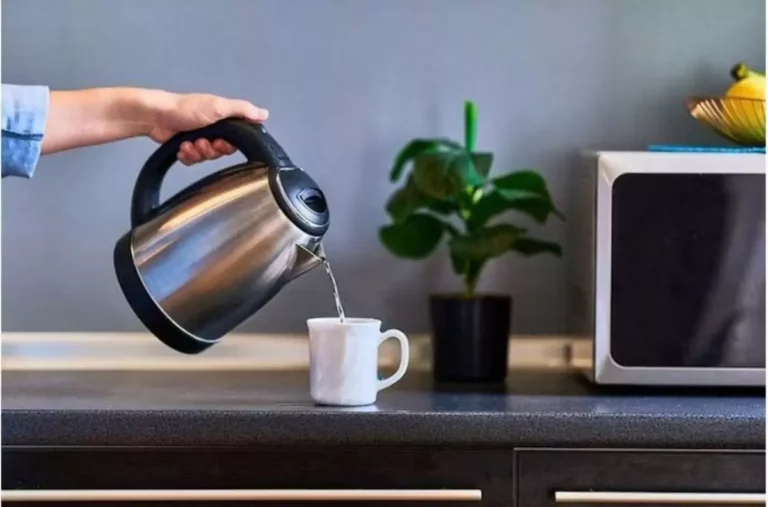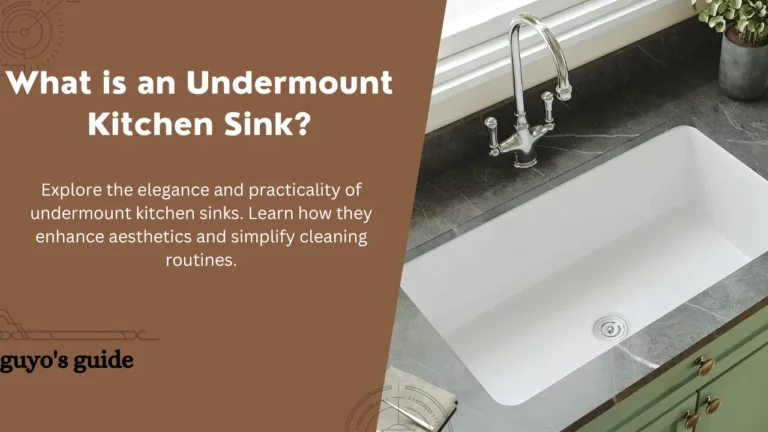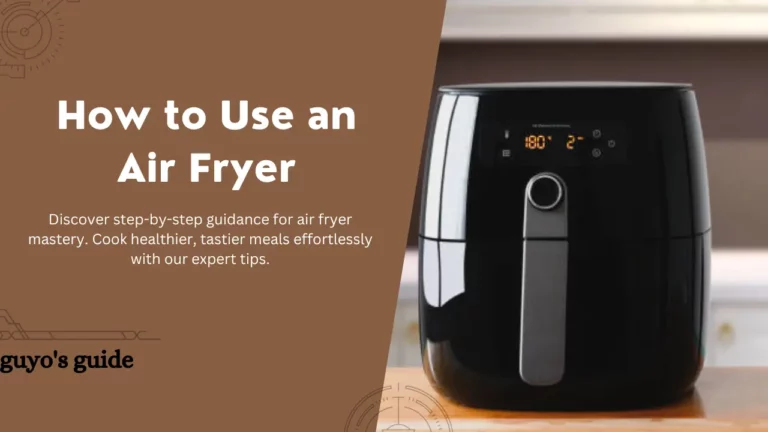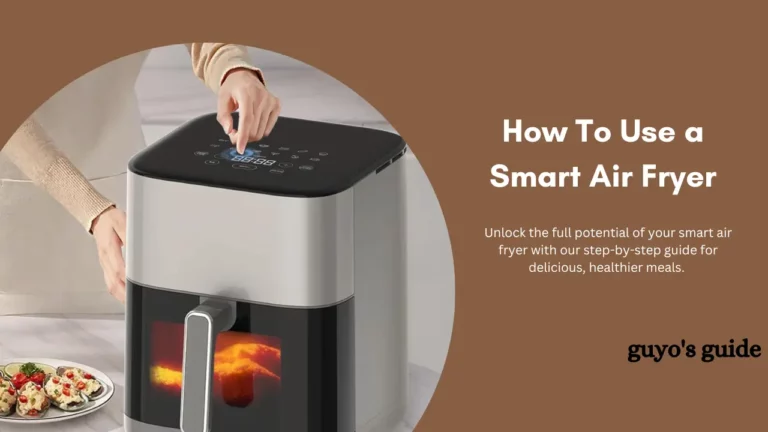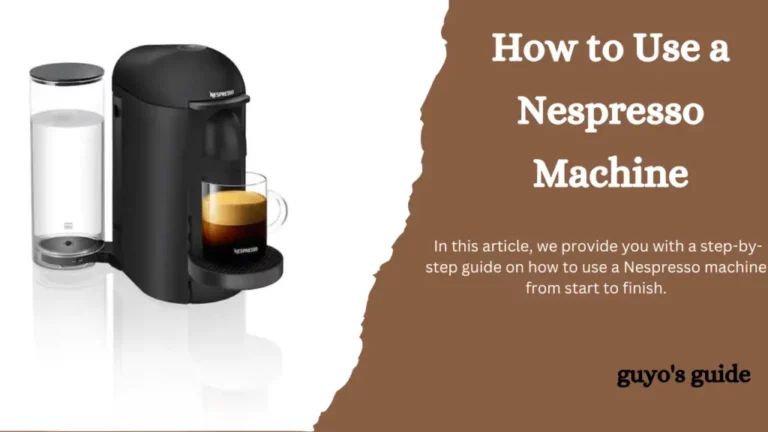How to Increase Water Pressure in a Kitchen Sink (Simple Ways)
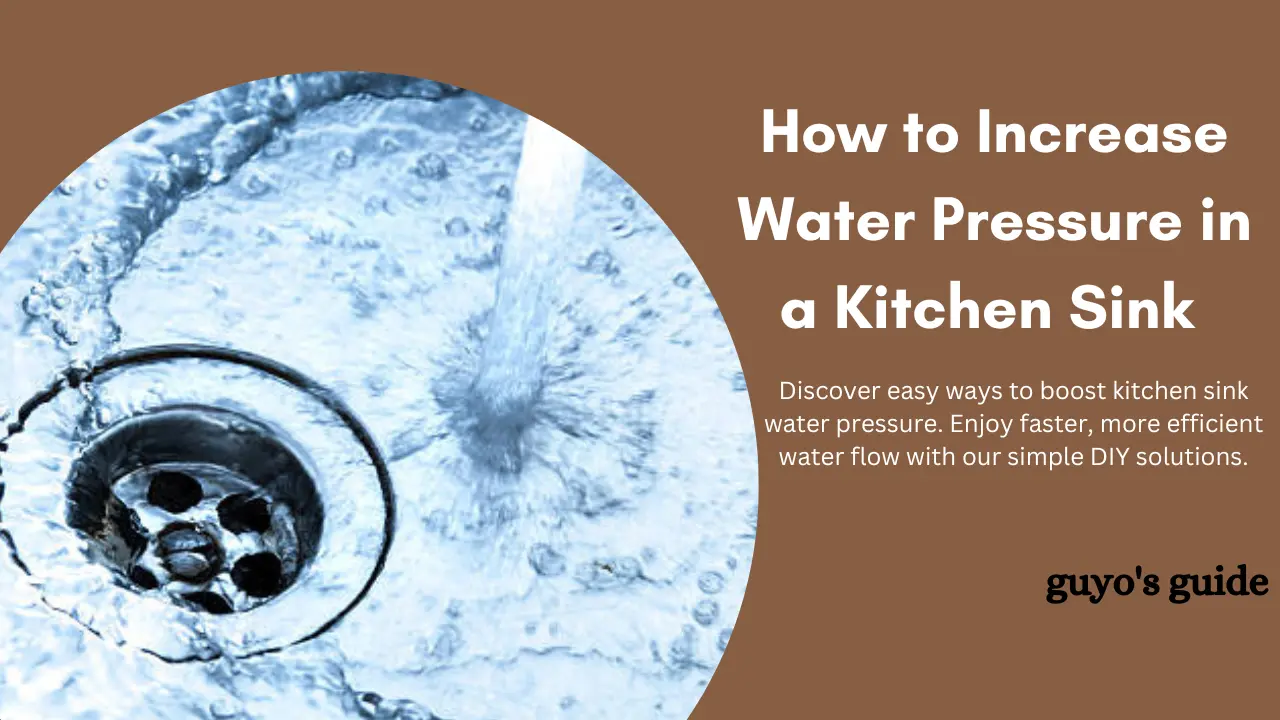
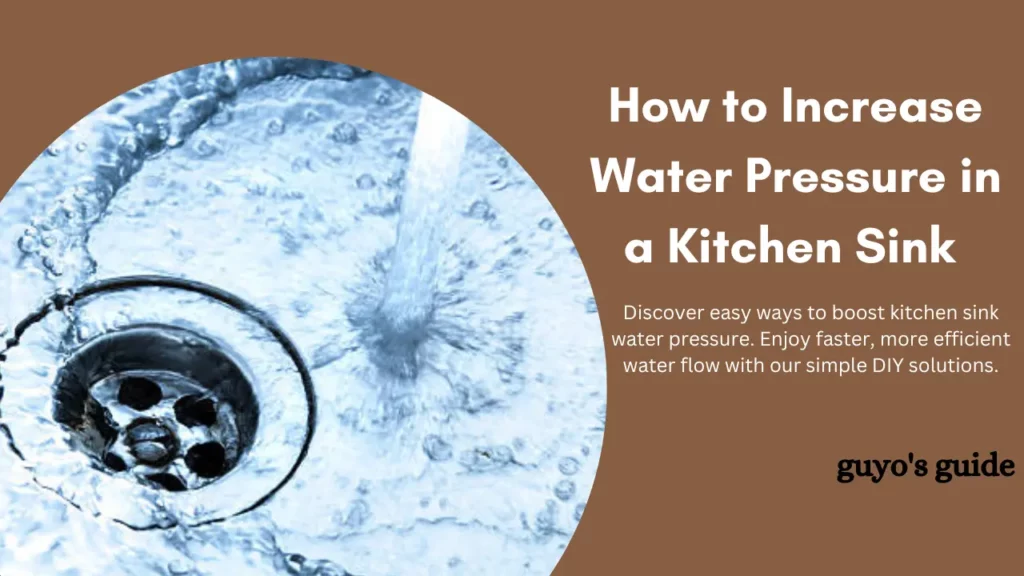
Low water pressure can be frustrating and make completing tasks such as washing dishes or filling something very difficult.
If you are experiencing this problem, then don’t worry. You can simply follow several steps to fix the low water pressure problem in your home or kitchen.
Whether you are a homeowner looking to improve the water pressure in your own home or a landlord trying to address this issue for your tenants, this guide will provide the information you need to get the job done.
Let’s get right into it.
Steps on How to Increase Water Pressure in a Kitchen Sink?
Increasing water pressure in a kitchen sink can be beneficial for better cleaning and more efficient water usage.
Here are the tools needed before you start the process.
- Adjustable wrench
- Pliers
- Screwdriver set
- Cleaning materials: Vinegar and brushes or toothbrushes to clean the aerator and other components from mineral deposits
- Towels or rags
- Plumber’s tape
- Booster pump (if required)
Here are some steps you can take to try and improve the water pressure:
1. Check the aerator
The aerator is a small mesh filter located at the end of the faucet. Over time, it can get clogged with debris and mineral deposits, reducing water flow. Remove the aerator and clean it thoroughly. Soak it in vinegar to dissolve any mineral buildup.
2. Clean the faucet cartridge
If your faucet has a cartridge, it may also accumulate debris and sediment, affecting water flow. Turn off the water supply and remove the cartridge following the manufacturer’s instructions. Clean it and then reinstall it.
3. Check for leaks
A leak in your plumbing system can cause reduced water pressure. Inspect all connections and pipes under the sink for any visible leaks. Fix any leaks you find.
4. Ensure the water shut-off valve is fully open
The water shut-off valve, located under the sink, controls the water flow to the faucet. Make sure it is fully open to allow maximum water flow.
5. Remove any flow restrictors
Some faucets come with flow restrictors designed to limit water flow and conserve water. Check your faucet’s user manual to see if it has a flow restrictor, and if it’s removable, take it out. Keep in mind that removing the flow restrictor may increase water usage, so do this responsibly.
6. Check the supply line and hoses
Inspect the supply lines and hoses that connect your faucet to the water supply. Make sure they are not kinked or damaged, as this can reduce water flow.
7. Increase main water supply pressure
If you’ve checked all the above steps and still have low water pressure, the issue might be with the main water supply pressure. In such cases, you may need to contact your water company to inquire if they can increase the water pressure at your location.
8. Install a booster pump
If your water pressure remains low, even after trying all the above steps, you can consider installing a booster pump. A booster pump increases water pressure and ensures a steady flow of water to your kitchen sink. This, however, might require professional installation.
What are the Causes of Low Water Pressure in a Kitchen Sink?
There are several potential causes of low water pressure in a kitchen sink, including:
Clogs in the Pipes
A pipe clog is one of the most common causes of low water pressure in the kitchen sink. Debris, such as food, hair, and soap scum, can accumulate in the pipes and restrict water flow.
Shut-Off Valve
The shut-off valve under the sink may be partially closed, which can restrict water flow and cause low pressure.
Clogged Aerator
The aerator is a tiny device positioned at the faucet’s end, responsible for infusing air into the flowing water. When the aerator becomes clogged or damaged, it can lead to low water pressure.
Main Water Supply
If the water pressure is low at all of the faucets in your home, the problem may be with the main water supply. This could be due to a problem with the municipal water supply or with the plumbing in your home.
Water Pressure Regulator
If your home has a water pressure regulator, it may be set too low, which can cause low water pressure.
Leaks
Leaks in the plumbing system can cause water pressure to drop, as the water that is lost through the leak cannot reach the kitchen faucet.
FAQs
Could a leak in my plumbing be causing low water pressure in the kitchen sink?
Yes, a leak in your plumbing system could contribute to low water pressure. Even a small leak can divert water away from the fixtures, leading to reduced pressure. Check for any visible leaks under the sink or in the surrounding areas and have them fixed promptly.
When should I consider contacting a professional plumber to address the low water pressure in my kitchen sink?
If basic troubleshooting steps like cleaning the aerator and checking water supply valves don’t resolve the issue, or if you suspect a more significant problem like a water pressure regulator malfunction or a plumbing leak, it’s best to contact a licensed plumber. They have the expertise and tools to diagnose and fix the problem effectively.
How can I adjust the water pressure regulator?
Adjusting a water pressure regulator is a job best left to a professional plumber. Attempting to adjust it yourself without proper knowledge could lead to further issues. Contact a plumber to inspect and adjust the pressure regulator if needed.
How can I check if the low water pressure is isolated to my kitchen sink or affects the whole house?
You can determine this by checking the water pressure in other faucets and fixtures throughout your home. If the low pressure is isolated to the kitchen sink only, the issue likely lies within the sink’s plumbing. If the low pressure is present in other areas as well, it could be a broader problem with your home’s water supply.
Wrap Up
There are several steps you can take to try to increase low water pressure in your home.
From checking for clogs in the pipes to cleaning or replacing the aerator, you can try a range of solutions to get the water flowing freely again.
If these steps do not improve the water pressure, consider installing a water pressure booster or seeking the assistance of a professional plumber.
It is important to identify the cause of the low water pressure in order to determine the most appropriate solution.
By following the steps outlined in this article, you should be able to improve the water pressure in your home and enjoy the convenience and comfort of having plenty of water flow at your kitchen faucet.

